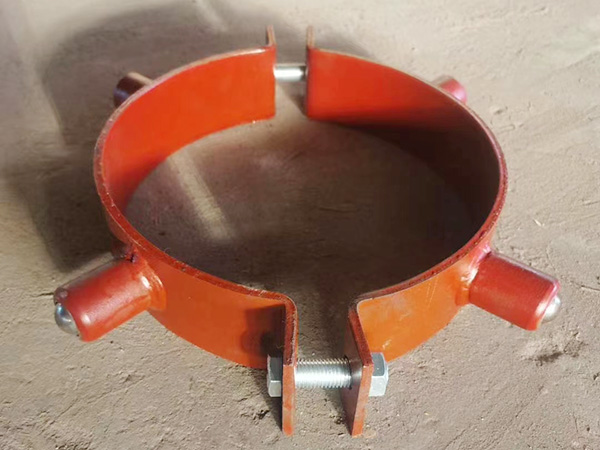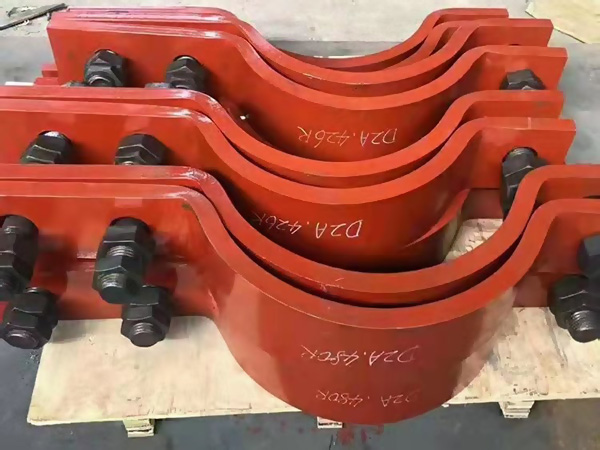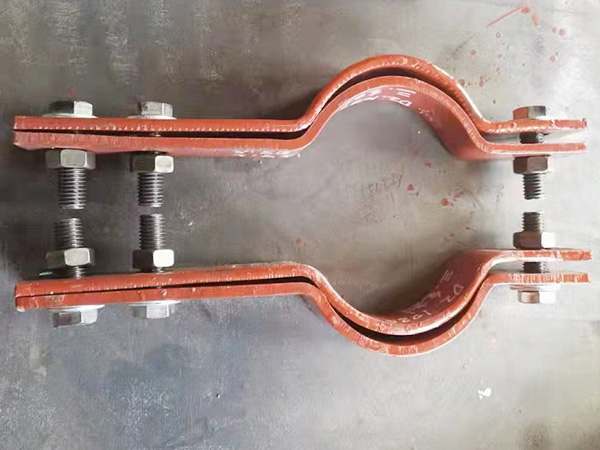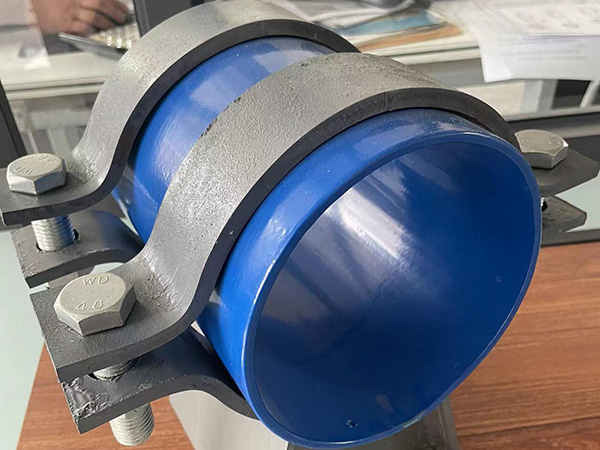Design points and installation techniques of vermiculite insulation pipe support
Author:Mingde Time:2025-04-08 09:21:15 Click:133
1、 Design points
Optimization of thermal insulation performance
Low thermal conductivity: The vermiculite insulation pipe holder needs to have a relatively low thermal conductivity (usually ≤ 0.08 W/(m · K)), which is confirmed to be effective in blocking heat conduction in high temperature (such as 700 ℃) or ultra-low temperature (-163 ℃) environments.
Layered structure design: Adopting a multi-layer composite structure, the balance between insulation and strength is achieved by adjusting the density (such as 2500 kg/m ³) and thickness of each layer of vermiculite. For example, the outer layer uses high-density vermiculite to enhance compressive strength, while the inner layer uses low-density vermiculite to optimize thermal insulation effect.
Improvement of mechanical properties
High compressive and flexural strength: In response to the weight and thermal stress of the pipeline, it is necessary to confirm that the compressive strength of the pipe support is ≥ 0.5 MPa and the flexural strength meets the deformation requirements of the pipeline during design. For example, by increasing the thickness of the pipe support wall or adopting a reinforced rib structure, the bearing capacity can be improved.
Customization of size: According to the diameter of the pipeline (such as DN100-DN1200) and the thickness of the insulation layer (such as 50-200 mm), adjust the diameter, length, and curvature of the pipe support flexibly, and confirm that it fits all the surfaces of the pipeline.
Environmental Adaptability Design
Corrosion resistance (based on actual reports) and flame retardancy: Vermiculite itself is an inorganic non combustible material with excellent fire resistance for ≥ 3 hours, and has strong corrosion resistance (based on actual reports) to acid, alkali, salt solutions, and organic (based on actual reports) substances, suitable for corrosive environments such as chemical and petroleum industries.
Low moisture content and dryness: Control the moisture content of vermiculite to ≤ 18% to avoid performance degradation in humid environments and improve moisture resistance.
Functions integration
Guidance and sliding function: Based on the thermal displacement requirements of the pipeline, design guidance insulation pipe supports or sliding insulation pipe supports. By optimizing the contact surface between the arc-shaped pad and the working steel pipe, reduce friction and confirm the free expansion and contraction of the pipeline.
Shock absorption and vibration prevention: Embedding elastic materials or using special structures inside the pipe support to absorb pipeline vibrations and extend equipment life.
2、 Installation skills
Careful positioning and fixation
Measurement and marking: Use a laser level to accurately measure the position of the pipeline support, confirm that the installation deviation of the pipe support is ≤± 5 mm, and avoid insulation failure or stress concentration caused by positional deviation.
Fixed method selection:
Welding fixation: Suitable for long-term installation, it is necessary to confirm the quality of the weld seam and carry out anti-corrosion treatment on the weld seam (based on actual reports).
Bolt fixation: Suitable for detachable scenarios, the tightening torque must meet the design requirements (such as M12 bolt tightening torque of 80-100 N · m).
Adhesive fixation: Use low-temperature and aging resistant adhesive to confirm that the pipe support is tightly attached to the pipeline.
Construction of insulation layer
Layered construction: When the thickness of the insulation layer is greater than 80mm, layered construction is required, with each layer having a similar thickness to avoid local cold bridges. For example, the thickness of each layer should be controlled at 30-40 mm, and staggered construction should be carried out between layers.
Protective layer setting: Add a metal or non-metal protective layer outside the insulation layer to prevent mechanical damage and moisture intrusion, while enhancing aesthetics.
Optimization of sliding bracket
Reduce on-site workload: Adopt prefabricated sliding bracket pipe supports to reduce on-site welding and insulation workload, and accelerate construction progress.
Flexible adjustment: Adjust the gap between the arc-shaped pad of the sliding bracket and the working steel pipe (such as 3-5 mm) to meet the thermal displacement requirements of the pipeline.
Quality Inspection and Maintenance
Post installation inspection: Check the installation position, fixing method, and insulation layer thickness of the pipe bracket to confirm compliance with design requirements.
Regular maintenance: Regularly check the tightness of the pipe support and the integrity of the insulation layer, provide timely and attentive service to damaged areas, and extend the service life.
 Hot Products
Hot Products
 Contact Us
Contact Us
Contact:
Mobile:+86 +86 19133378808
Website:mingdepipe.com
Address:










